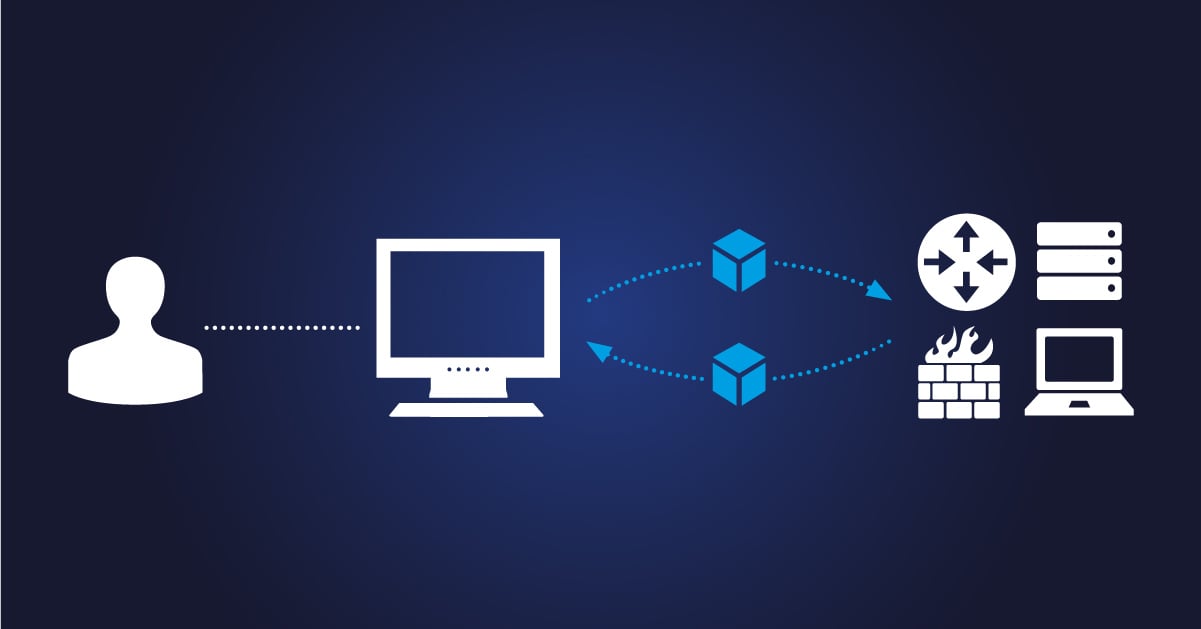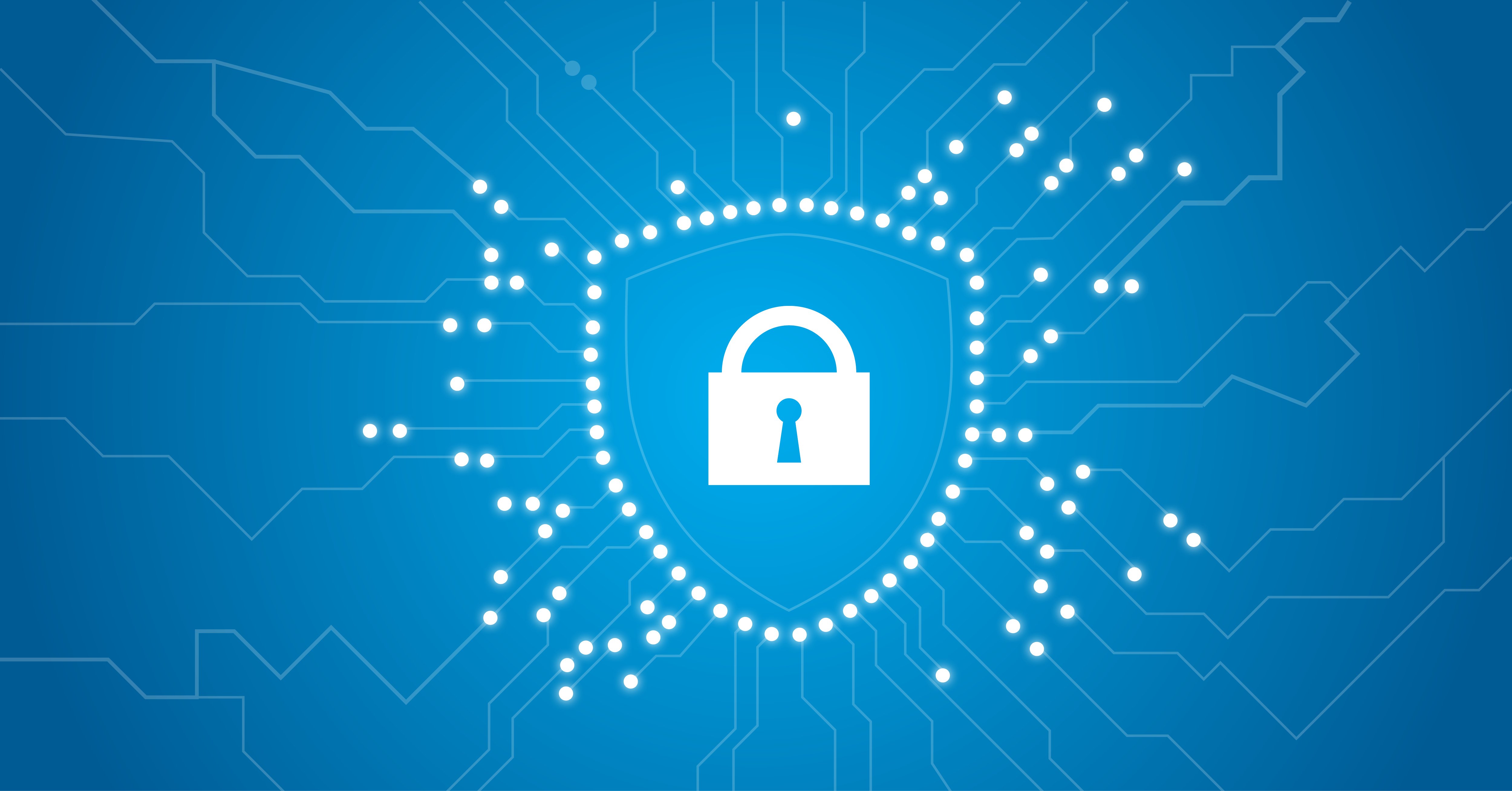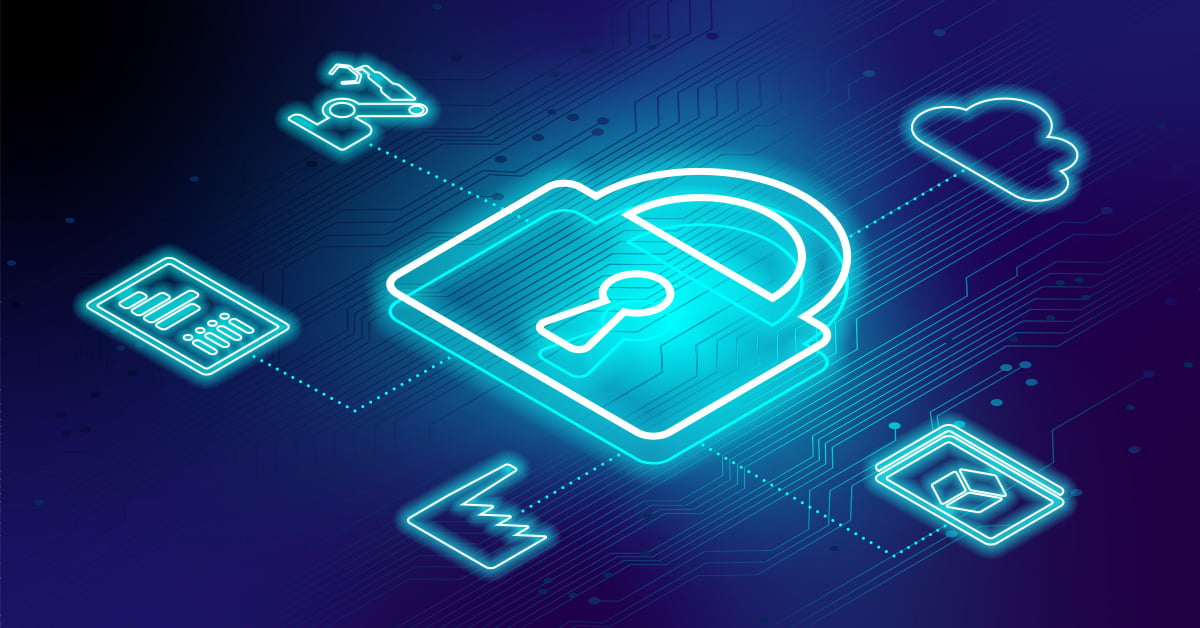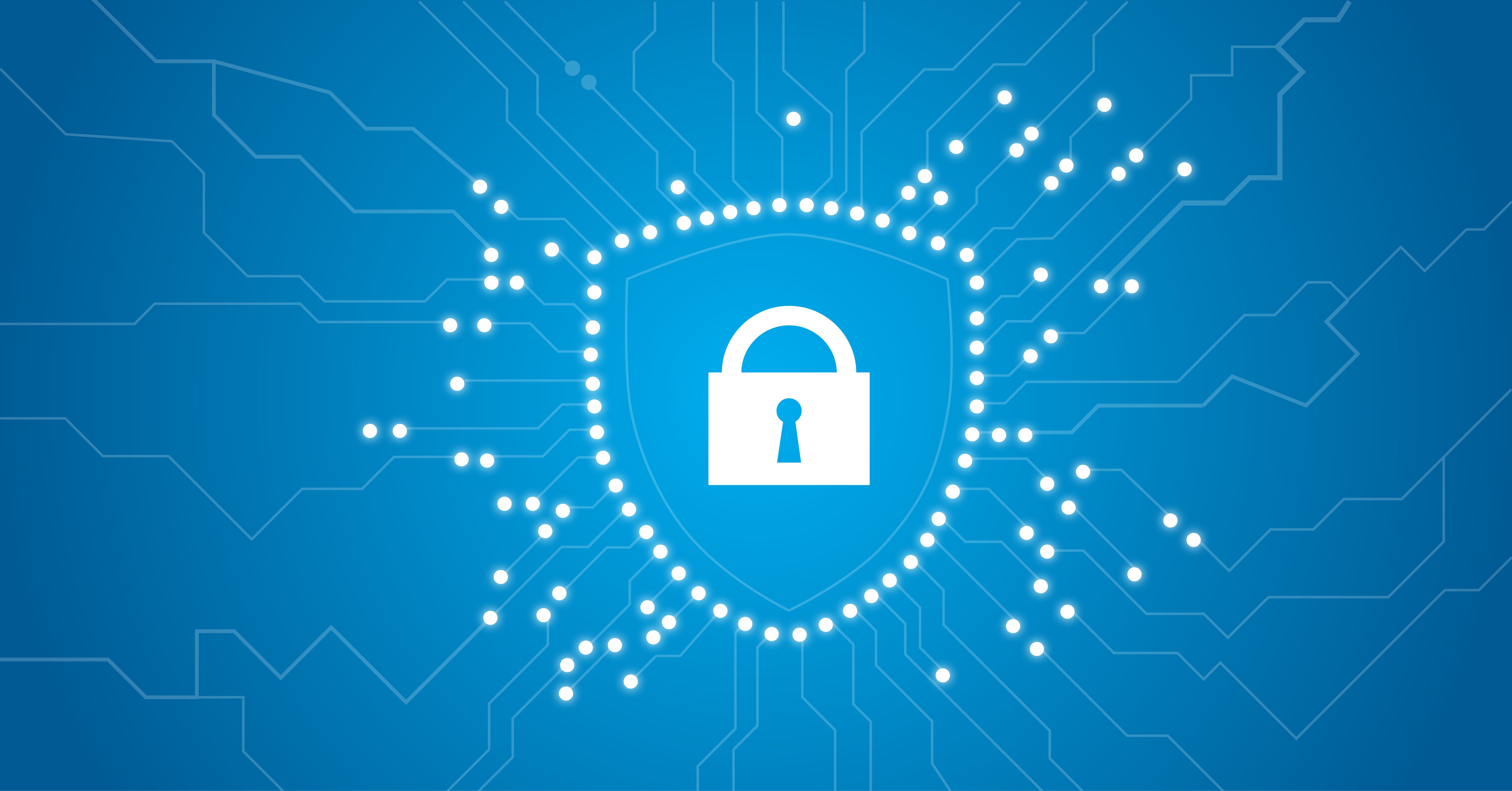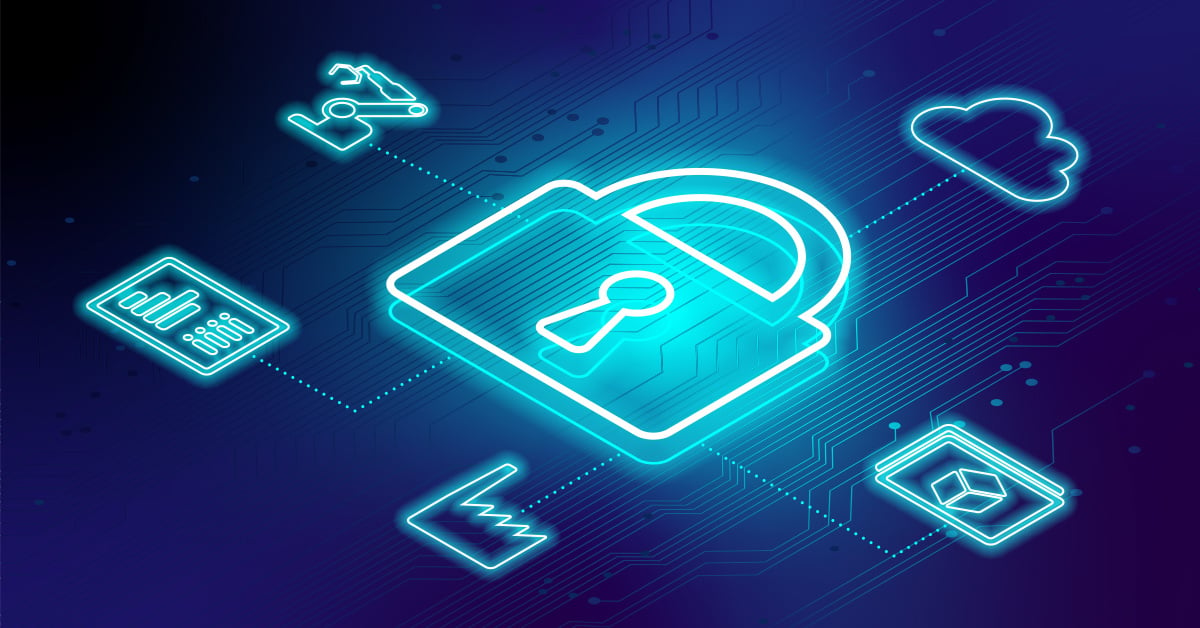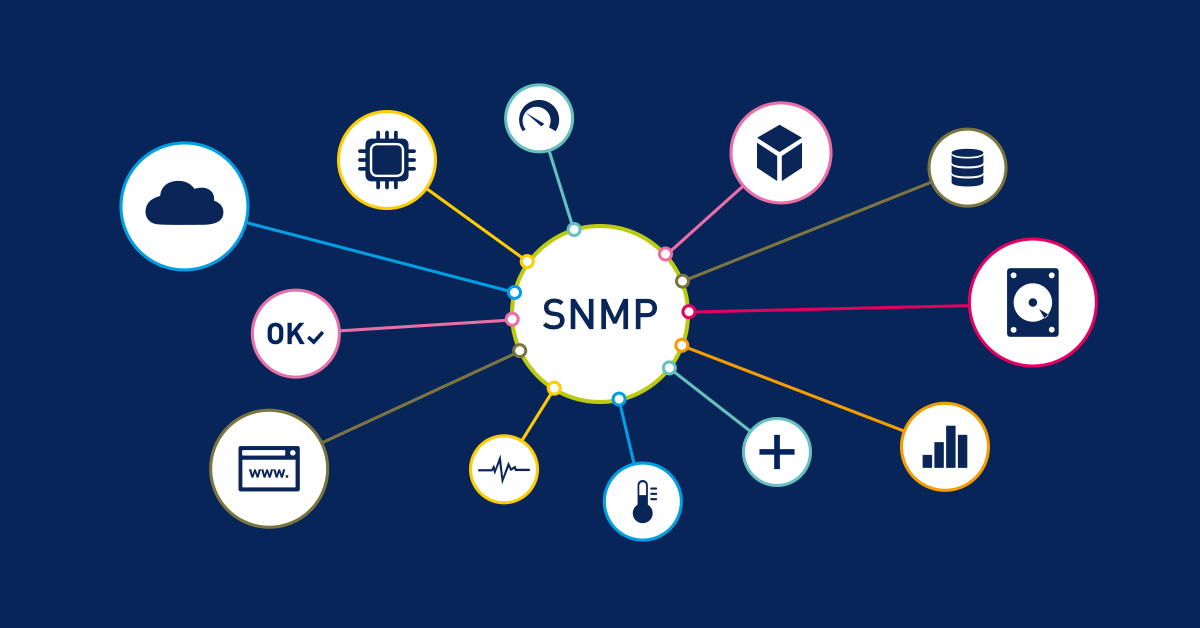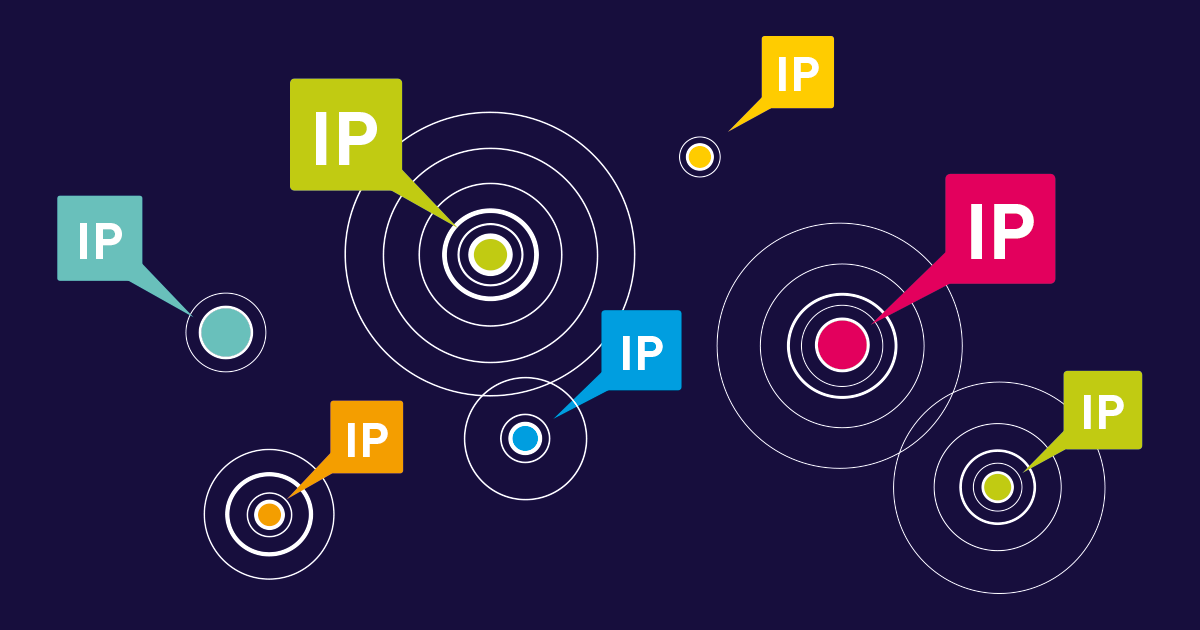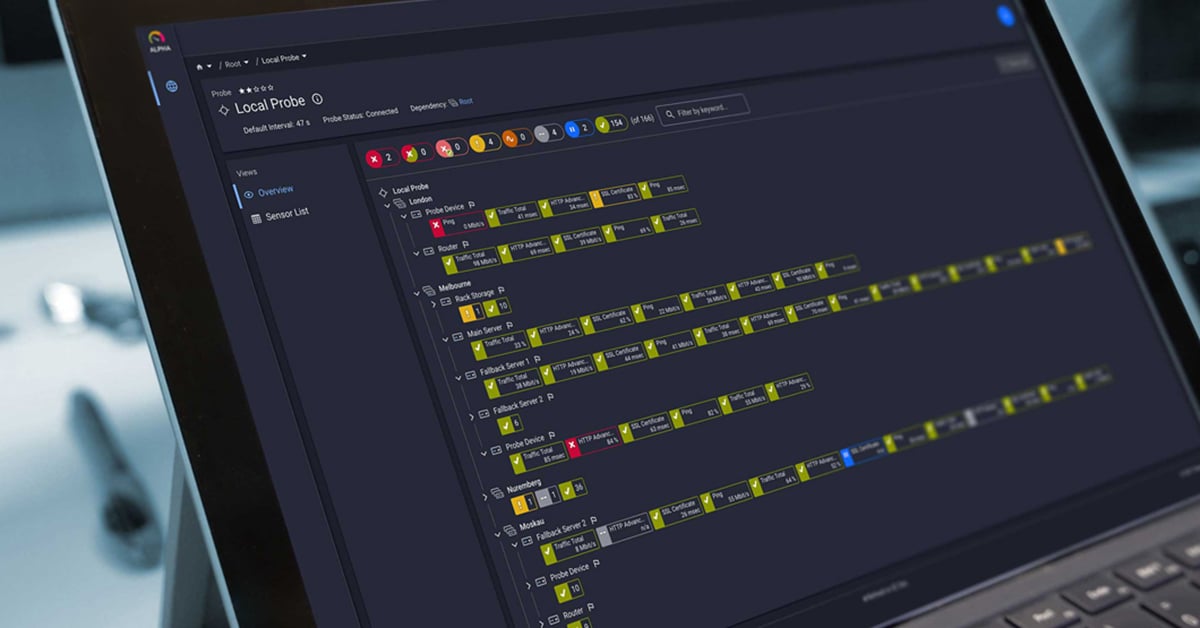The Simple Network Management Protocol (SNMP) is essential for managing and monitoring network devices. As network environments change, understanding the differences between SNMP v2 and SNMP v3 becomes important. SNMP v2c provides significant improvements over SNMP v1, including 64-bit counters for high-speed interfaces and enhanced error handling with GetBulk operations. However, SNMP v2c still uses community strings for authentication, transmitting data in plain text, which poses security risks. On the other hand, SNMP v3 introduces a robust security model, offering authentication and encryption, which helps prevent unauthorized access to your network infrastructure.
The benefits of understanding SNMP v2 vs v3 are significant. While SNMP v2 is easier to configure and still widely used, SNMP v3 provides enhanced security features that protect against threats in a modern network environment.
IT teams need to weigh the trade-offs between ease of use and security. As network protocols change, adopting SNMP v3 can offer better network performance and compatibility with advanced network monitoring tools.
For a deeper dive into the differences between SNMP v2 und v2 check out this resource. Additionally, explore how SNMP remains a pillar in IT by visiting SNMP. A pillar in IT.
Should you encounter issues where your SNMP setup doesn't work or if you need guidance how to monitor your network devices using SNMP, Paessler PRTG offers extensive resources and support, keeping your network secure and efficient. For more information, explore Paessler PRTG.
SNMP v2 vs v3: Core security differences explained
As already mentioned, the most significant distinction between SNMP v2 vs v3 lies in their security capabilities. While SNMP v2c is easier to configure and widely supported, SNMP v3 provides enhanced security features that protect against modern network threats.
SNMP v2c characteristics
- Community string authentication: Simple but insecure clear-text passwords
- 64-bit counter support: Handles high-speed network interfaces effectively
- GetBulk operations: Improved efficiency for retrieving multiple values
- No encryption: All data transmitted in plain text
- Simple configuration: Easy to deploy and troubleshoot
SNMP v3 advantages
- Robust authentication: Multiple hash algorithms including SHA-256
- Data encryption: AES-256 and other advanced encryption standards
- User-based security: Individual user credentials and access levels
- Message integrity: Protection against data tampering
- Replay attack prevention: Timestamp-based security mechanisms
SNMP v3 security architecture deep dive
SNMP v3 introduces critical security enhancements that address the fundamental weaknesses of previous versions:
Authentication protocols
SNMP v3 supports multiple authentication methods for verifying user identity:
- MD5 (Message-Digest Algorithm 5) - Standard authentication
- SHA-1 (Secure Hash Algorithm) - Enhanced security
- SHA-224, SHA-256, SHA-384, SHA-512 - Advanced hash algorithms for maximum security
Encryption options
Data privacy is ensured through various encryption algorithms:
- DES (Data Encryption Standard) - Basic encryption
- AES (Advanced Encryption Standard) - Industry standard
- AES-192 and AES-256 - Enhanced security levels for sensitive environments
User-Based security model (USM)
The USM provides robust authentication and privacy features:
- Individual user credentials: Each user has unique authentication parameters
- Timeliness protection: Prevents replay attacks through timestamp validation
- Privacy protocols: Ensures data confidentiality during transmission
View-Based access control model (VACM)
VACM enables granular access control:
- Context-based access: Different users can access different parts of the MIB
- Operation restrictions: Read-only, read-write, and notify access levels
- IP-based filtering: Restrict access based on source IP addresses
Performance considerations for SNMP v3
While SNMP v3 provides superior security, it comes with performance implications that network administrators must consider:
- CPU overhead: Encryption and decryption processes require additional processing power
- Scalability limitations: Unlike SNMP v1/v2c, SNMP v3 doesn't scale linearly with CPU cores
- Request throughput: Systems can handle fewer SNMP v3 requests per second compared to v2c
- Load distribution: Multiple monitoring probes may be required for high-volume SNMP v3 environments
These performance considerations make it crucial to balance security requirements with monitoring efficiency when choosing between SNMP v2 vs v3.
SNMP v2 vs v3 feature comparison table
Have a look at the table below to understand the key differences, particularly in terms of security features and use cases, between SNMP v2 and SNMP v3.
| Feature | SNMP v2 | SNMP v3 |
|---|---|---|
| Security | Community strings, plain text | Authentication and encryption |
| Authentication | No | Yes |
| Encryption | No | Yes |
| Error Handling | Improved over SNMP v1 | Same as SNMP v2 |
| Complexity | Easier to configure | More complex due to security |
| Use Cases | Suitable for less secure networks | Suitable for secure environments |
| Performance | Similar to SNMP v1 | Enhanced with security features |
PRTG SNMP implementation: v2 vs v3 configuration guide
PRTG Network Monitor provides comprehensive SNMP support across all versions, with particular strength in SNMP v3 implementation. PRTG supports advanced SNMP v3 features including SHA-256 and SHA-384 authentication methods, AES-192 and AES-256 encryption algorithms. The platform automatically handles the complexity of SNMP v3 configuration while providing clear performance monitoring to help administrators balance security with monitoring efficiency.
PRTG SNMP Sensor capabilities
PRTG offers specialized SNMP sensors for comprehensive network monitoring:
- SNMP Traffic sensors: Monitor bandwidth monitoring utilization with support for 64-bit counters
- SNMP System Health sensors: Track CPU, memory, and hardware status
- Vendor-specific sensors: Purpose-built for Dell, HPE, NetApp, Synology, and other manufacturers
- SNMP Custom sensors: Create tailored monitoring solutions using OID specifications
The platform's SNMP Library sensor simplifies monitoring setup by using the meta-scan facility to find and match OIDs from MIB files, eliminating the need for manual OID entry when creating custom sensors.
SNMP version selection in PRTG
When configuring SNMP monitoring in PRTG, administrators can choose:
- SNMP v1: Legacy support with clear-text transmission and 32-bit counters
- SNMP v2c (default): Clear-text transmission with 64-bit counter support
- SNMP v3: Secure authentication and data encryption with performance monitoring
PRTG automatically monitors SNMP v3 performance through the Probe Health sensor, alerting administrators when Interval Delay or Open Requests increase, indicating the need for load distribution across multiple probes.
Choosing between SNMP v2 vs v3: Decision framework
Use SNMP v2c when:
- Operating in secure, internal network environments
- Maximum monitoring performance is required
- Simple configuration and troubleshooting are priorities
- Legacy device compatibility is essential
- Security risks are minimal or mitigated by network segmentation
Use SNMP v3 when:
- Monitoring across untrusted networks or the internet
- Compliance requirements mandate encrypted communications
- Granular user access control is needed
- Network security is a top priority
- Sensitive infrastructure requires protection from unauthorized access
Best practices for SNMP implementation
SNMP v2c security measures
- Change default community strings from "public" and "private"
- Implement network segmentation to isolate SNMP traffic
- Use access control lists (ACLs) to restrict SNMP access
- Monitor for unauthorized SNMP requests
SNMP v3 configuration tips
- Use strong authentication passwords (minimum 8 characters)
- Implement separate encryption keys for enhanced security
- Regularly rotate user credentials and encryption keys
- Monitor system performance to identify scaling requirements
- Distribute monitoring load across multiple probes when necessary
Conclusion: Making the right SNMP choice
The choice between SNMP v2 vs v3 ultimately depends on your network environment's security requirements and performance constraints. SNMP v2c remains valuable for internal, trusted networks where simplicity and performance are paramount. However, SNMP v3's robust security features make it indispensable for enterprise environments requiring encrypted communications and granular access controls.
Modern network monitoring tools like PRTG provide seamless support for both versions, allowing organizations to implement the appropriate SNMP version based on specific use cases and security requirements.
As network security threats continue to evolve, the trend toward SNMP v3 adoption will likely accelerate, making it essential for IT professionals to understand both versions' capabilities and limitations.
To experience how Paessler PRTG can assist in managing network protocols and enhance your current setup, consider downloading a free trial.
FAQs
What are the main differences between SNMP v2 and SNMP v3?
SNMP v2 and SNMP v3 differ primarily in their security capabilities. SNMP v3 provides robust security features, including authentication and encryption, which are not available in SNMP v2. This makes SNMP v3 more suitable for environments where data security is a priority.
For a deeper understanding, explore SNMP. A pillar in IT.
How does SNMP v3 improve network monitoring compared to SNMP v2?
SNMP v3 enhances network monitoring by offering secure data transmission, reducing the risk of unauthorized access and ensuring the integrity and confidentiality of management information. This improvement helps in maintaining a secure network environment.
Discover more about securing your network by visiting Trust, security, Palo Alto.
What should I do if SNMP doesn't work correctly in SNMP v2 vs v3 configuration?
If SNMP is not functioning as expected, it may be due to configuration errors or network issues. Checking the SNMP settings and ensuring devices are properly configured can resolve most issues.
For troubleshooting tips, check out SNMP doesn't work! can somebody out there please help me?.
 Published by
Published by 